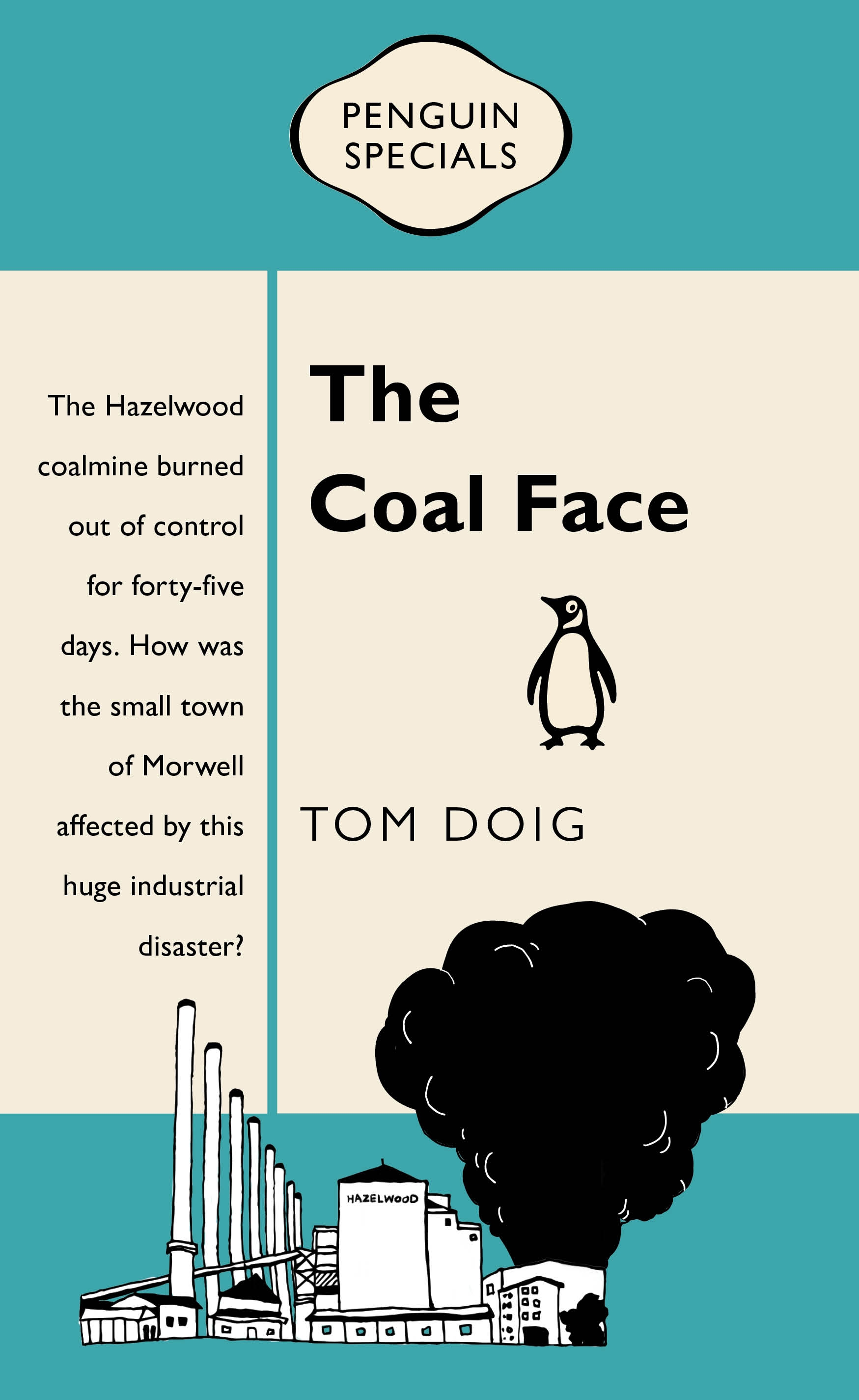 How different can occupational health and safety (OHS) regulators be? A review into WorkSafe Victoria was announced in February 2015 but the review into its equivalent in South Australia, SafeWorkSA, is more progressed and has released a public discussion paper entitled “Transforming Work Health and Safety Performance“. Its suggestions should be noted by James Mackenzie the reviewer of WorkSafe Victoria.
How different can occupational health and safety (OHS) regulators be? A review into WorkSafe Victoria was announced in February 2015 but the review into its equivalent in South Australia, SafeWorkSA, is more progressed and has released a public discussion paper entitled “Transforming Work Health and Safety Performance“. Its suggestions should be noted by James Mackenzie the reviewer of WorkSafe Victoria.
Maybe not surprising to many, the future is a reworking of the past.



 On 18 March 2015, the Melbourne office of
On 18 March 2015, the Melbourne office of